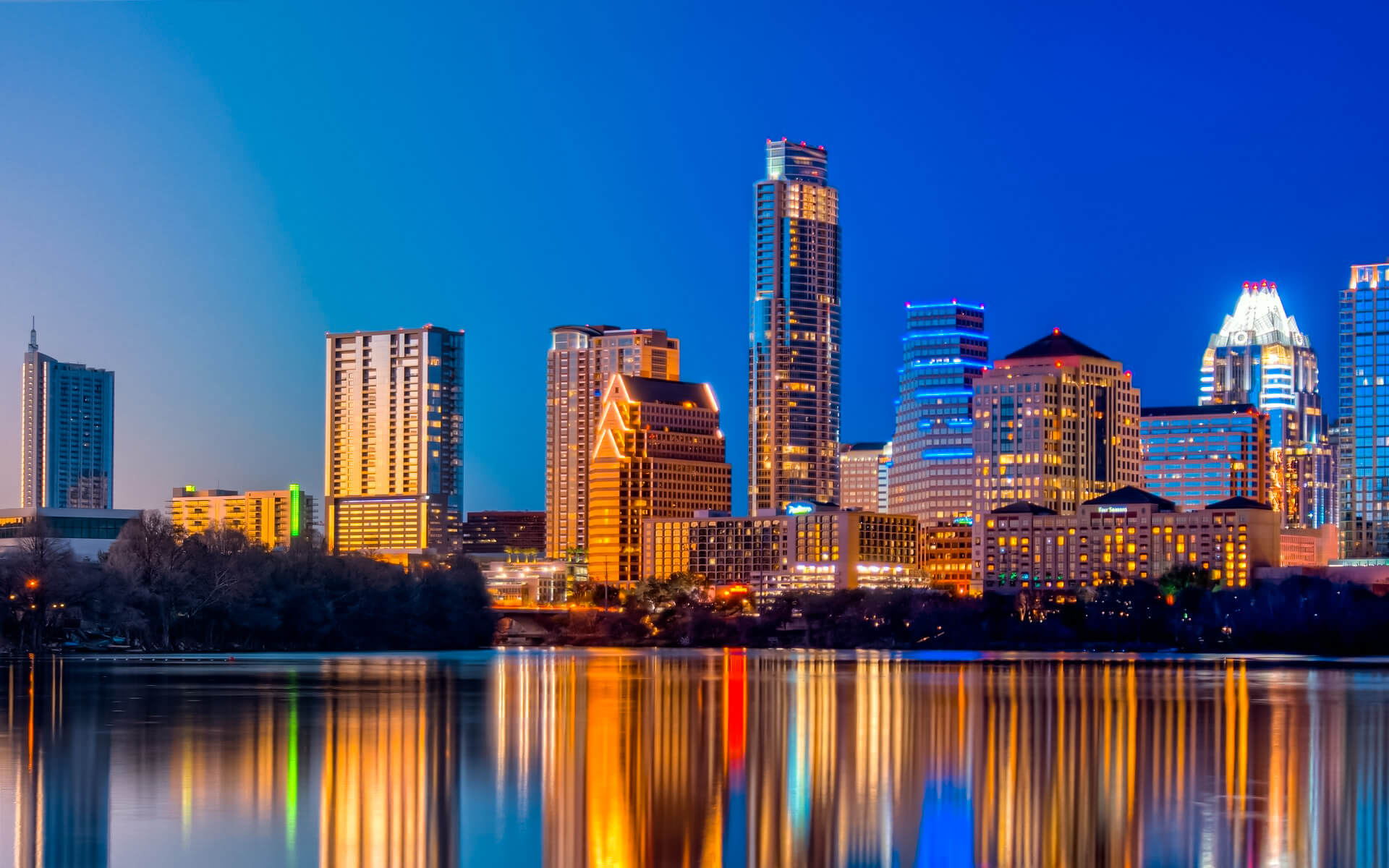Austin is the capital of the United States’ state of Texas and the county headquarters of Travis County. Austin is the 11th most populous city in the United States and the fourth most populous city in Texas. It is the fastest growing among the 50 biggest cities in the United States, as well as the second largest capital city after Phoenix, Arizona. Austin has a population of 931,830 as of June 1, 2016. (U.S. Census Bureau estimate). Lady Bird Lake, Barton Springs, McKinney Falls, the Colorado River, Lake Travis, and Lake Walter E. Long are among the many lakes, rivers, and waterways in the city, which is located in Central Texas in the foothills of Texas Hill Country. It serves as the cultural and economic hub of the Austin–Round Rock metropolitan region, which had a population of 2,010,860 as of June 1, 2016.
Pioneers started to establish the region near central Austin along the Colorado River in the 1830s. Waterloo was formed in 1839 after being formally selected to replace Houston as the new capital of the Republic of Texas. The name was later changed to Austin in honor of Stephen F. Austin, the “Father of Texas” and the republic’s first secretary of state. With the erection of the Texas State Capitol and the University of Texas at Austin, the city flourished during the nineteenth century and became a hub for government and education. Austin continued its development as a major city after a halt in growth caused by the Great Depression, and by the 1980s, it had emerged as a hub for technology and commerce. Advanced Micro Devices, Apple Inc., ARM Holdings, Cisco, eBay, General Motors, Google, IBM, Intel, Texas Instruments, 3M, Oracle Corporation, and Whole Foods Market are among the Fortune 500 firms with headquarters or regional offices in Austin. Dell’s global headquarters are in adjacent Round Rock, an Austin suburb.
Austinites are the city’s residents. They are made up of a varied range of individuals, including government personnel, college students, musicians, high-tech professionals, blue-collar workers, and company owners. Austin’s official tagline is “The Live Music Capital of the World,” a reference to the city’s numerous performers and live music venues, as well as the long-running PBS TV performance series Austin City Limits. In the 1990s, the city gained the moniker “Silicon Hills” as a result of a tremendous inflow of technology and development firms. Some Austinites have also embraced the unofficial motto “Keep Austin Weird,” which relates to the desire to safeguard small, distinctive, and local companies from being overtaken by major multinationals. Austin was renowned as the “City of the Violet Crown” in the late 1800s for the wintry glow of bluebonnet wildflowers over the hills immediately after sunset. Many Austin companies still utilize the phrase “Violet Crown” in their name. Austin is renowned as a “clean-air city” because of its strict no-smoking rules, which apply to all public areas and buildings, including restaurants and bars. For the year 2012, the FBI rated Austin as the second-safest large city in the United States.


